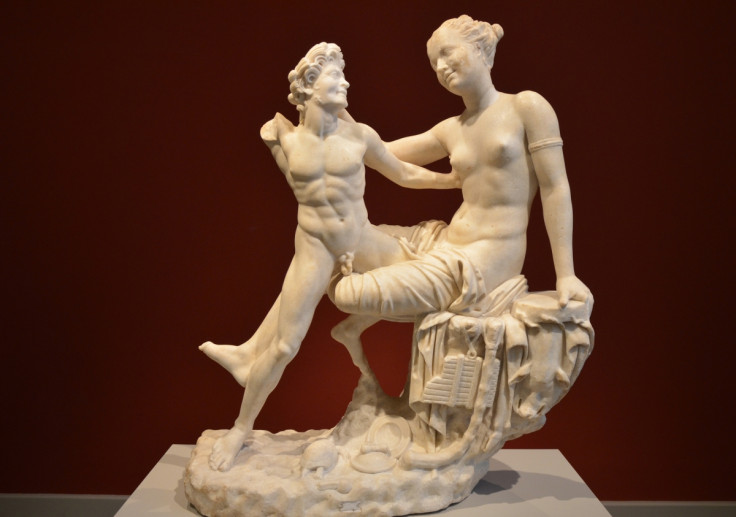Ancient transgender lust: Greek Hermaphroditus was the best of both worlds for Romans

New research suggests the androgynous Hermaphroditus in Greek mythology was seen by Romans as an object of men's desire, as opposed to "an attractive but erotically disabled character". It claims that Hermaphroditus is not portrayed as a combination of both male and female, but instead as a mixture of the beauty of women, and an objectified male.
The child of the gods Aphrodite and Hermes is said to be shown as an attractive figure, without any masculine traits. In that regard, Hermaphroditus becomes the object of men's desires by showing the best aspects of females, and the best aspects of males.
"Contrary to the predominant modern view of atypically sexed individuals as pathological deviations, Hermaphroditus is depicted as an attractive, idealised and positive figure," said Linnea Åshede, author of the research. "It is however important to distinguish between Hermaphroditus as a mythological figure and real atypically sexed [person], who during Antiquity were often considered problematic and therefore treated badly."
The report, a doctoral thesis from the University of Gothenburg, describes that Hermaphroditus was accepted among the Roman people, as long as the interpretation did not stray too far from what they desired. If too much "masculine" identity was seen in the image, it would have been rejected by the people.
"Scholars claiming that male figures who undress Hermaphroditus [who] were really looking for a woman, have unintentionally reproduced transphobic stereotypes where individuals with unusual gender expressions are considered to be sneaky frauds," added Åshede.
This new study follows previous reports which suggest that Romans considered hermaphrodites as bad luck, and that birth of a hermaphrodite was "an occurrence that signalled a disturbance of the pax deoreum – peace".
Åshede suggests otherwise, that the mythological Hermaphroditus may have been everybody's hidden fantasy. "It's possible that Hermaphroditus served as a 'safety valve' in relation to society's norms, meaning that the figure provided space for fantasies about alternatives to the rigid gender roles."
© Copyright IBTimes 2025. All rights reserved.






















